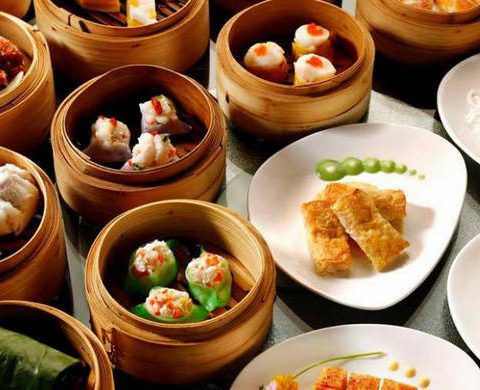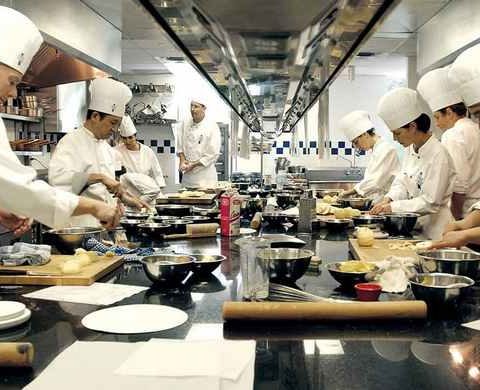Yes, the Chinese almond drink, commonly referred to as 杏仁茶 (Xìngrén chá) or almond tea, indeed contains apricot kernels rather than true almonds. This can sometimes cause confusion because both apricot kernels and almonds are familiar in various cuisines but differ significantly in their origin and use.
Here are some key details about the Chinese almond drink:
Ingredients
The primary ingredient in traditional Chinese almond drinks, whether it be almond tea or almond milk, is often apricot kernels. There are two main types of apricot kernels used:
- Sweet Apricot Kernels (南杏, Southern Almonds): Used in many sweet dishes and drinks.
- Bitter Apricot Kernels (北杏, Northern Almonds): Often used in small quantities and typically for medicinal purposes due to their distinct flavor and mild toxicity when raw.
Benefits and Uses
In Traditional Chinese Medicine (TCM), apricot kernels are valued for their health benefits:
- Moistening the lung
- Stopping coughing
- Easing constipation
- Treating phlegmy cough and asthma (particularly Northern apricot kernels)
Recipe Example
A typical recipe for Chinese almond tea might include:
- 100 grams of Chinese sweet almonds (apricot kernels)
- 40 grams of glutinous (sticky) rice
- 3 cups of water
- Rock sugar to taste
- Optional pinch of salt.
Instructions:
- Soak Almonds and Rice: Soak the almonds and rice in water overnight in the fridge. This soaking process is essential to soften them.
- Prepare Almonds: If the almonds have skins, blanch them in boiling water briefly, then peel the skins off.
- Blend Ingredients: Combine soaked almonds, soaked rice, and fresh water in a blender. Blend until the mixture is fine and smooth.
- Strain: Strain the blended mixture through a cheesecloth or fine mesh sieve to remove any solid residues, obtaining a smooth liquid.
- Cook: Pour the strained liquid into a pot, add rock sugar, and cook on low to medium heat, stirring occasionally until the sugar dissolves and the drink thickens slightly.
- Serve: Optionally, add a pinch of salt for flavor balance, and serve warm.
Cultural Context
This drink is a popular traditional beverage in various regions, notably in Hong Kong and Taiwan, and is enjoyed both for its unique taste and its health benefits.
In essence, while the name “almond” might suggest the involvement of typical almonds, it is the apricot kernel that plays the central role in many Chinese almond drink recipes.







